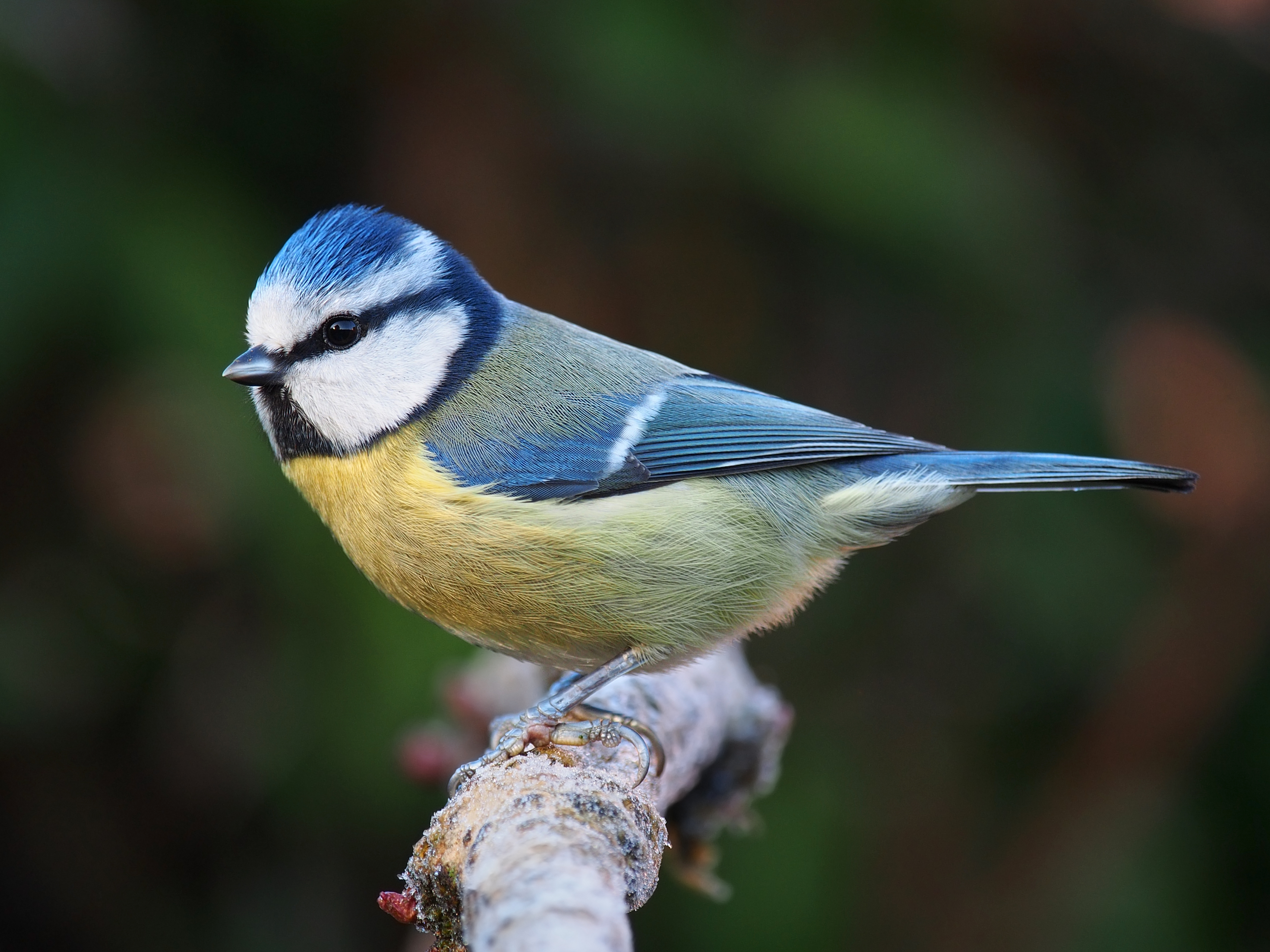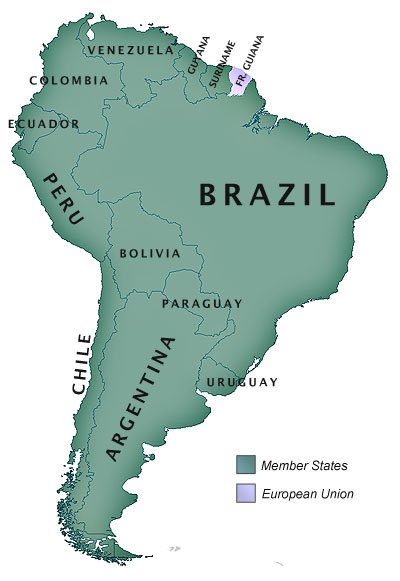|
Caryocar Glabrum
''Caryocar glabrum'' is a species of tree in the family Caryocaraceae. It is native to South America. Chemical compounds Dihydroisocoumarin Dihydroisocoumarins are phenolic compounds related to isocoumarin. Dihydroisocoumarin glucosides A glucoside is a glycoside that is chemically derived from glucose. Glucosides are common in plants, but rare in animals. Glucose is produced whe ... glucosides can be found in ''C. glabrum''. References External links * * glabrum Plants described in 1806 Trees of Peru Trees of Brazil {{Malpighiales-stub ... [...More Info...] [...Related Items...] OR: [Wikipedia] [Google] [Baidu] [Amazon] |
Jean Baptiste Christophore Fusée Aublet
Jean Baptiste Christophore Fusée Aublet (November 4, 1720 – May 6, 1778) was a French pharmacist, botanist and one of the earliest botanical explorers in South America.JSTOR He was one of the first botanists to study ethnobotany in the Neotropics. Born in Salon-de-Provence, Aublet left home early and traveled to Grenada, then a French colony, where he became an apothecary's assistant and learned about medicinal plants. A year later he returned to France and continued his studies in natural history, chemistry, and pharmacology. One of his mentors was Bernard de Jussieu, a French naturalist who would later help him with plant identification.Mori He joined the French Indies Company, French East India Company and in 1752 was sent to Mauritius (then known as ''l'Île de France'') to establish a pharmacy and a botanical garden. He became involved in an intense rivalry with Pierre Poivre, a fellow botanist at the Chateau de Mon Plaisir , Mon Plaisir garden, and eventually left to ... [...More Info...] [...Related Items...] OR: [Wikipedia] [Google] [Baidu] [Amazon] |
Christiaan Hendrik Persoon
Christiaan Hendrik Persoon (31 December 1761 – 16 November 1836) was a Cape Colony mycologist who is recognized as one of the founders of mycology, mycological Taxonomy (biology), taxonomy. Early life Persoon was born in Cape Colony at the Cape of Good Hope, the third child of an immigrant Pomeranian father, Christiaan Daniel Persoon, and Netherlands, Dutch mother, Wilhelmina Elizabeth Groenwald. His mother died soon after he was born. In 1775, at the age of thirteen, he was sent to Europe for his education. His father died a year later in 1776. Education Initially a student of theology at University of Halle-Wittenberg, Halle, Persoon switched his studies to medicine, which he pursued in Leiden and then Göttingen. He received a doctorate from the German National Academy of Sciences Leopoldina, Deutsche Akademie der Naturforscher in Erlangen 1799. Later years He moved to Paris by 1803, where he spent the rest of his life, renting the upper floor of a house in a poor ... [...More Info...] [...Related Items...] OR: [Wikipedia] [Google] [Baidu] [Amazon] |
Species
A species () is often defined as the largest group of organisms in which any two individuals of the appropriate sexes or mating types can produce fertile offspring, typically by sexual reproduction. It is the basic unit of Taxonomy (biology), classification and a taxonomic rank of an organism, as well as a unit of biodiversity. Other ways of defining species include their karyotype, DNA sequence, morphology (biology), morphology, behaviour, or ecological niche. In addition, palaeontologists use the concept of the chronospecies since fossil reproduction cannot be examined. The most recent rigorous estimate for the total number of species of eukaryotes is between 8 and 8.7 million. About 14% of these had been described by 2011. All species (except viruses) are given a binomial nomenclature, two-part name, a "binomen". The first part of a binomen is the name of a genus to which the species belongs. The second part is called the specific name (zoology), specific name or the specific ... [...More Info...] [...Related Items...] OR: [Wikipedia] [Google] [Baidu] [Amazon] |
Tree
In botany, a tree is a perennial plant with an elongated stem, or trunk, usually supporting branches and leaves. In some usages, the definition of a tree may be narrower, e.g., including only woody plants with secondary growth, only plants that are usable as lumber, or only plants above a specified height. But wider definitions include taller palms, tree ferns, bananas, and bamboos. Trees are not a monophyletic taxonomic group but consist of a wide variety of plant species that have independently evolved a trunk and branches as a way to tower above other plants to compete for sunlight. The majority of tree species are angiosperms or hardwoods; of the rest, many are gymnosperms or softwoods. Trees tend to be long-lived, some trees reaching several thousand years old. Trees evolved around 400 million years ago, and it is estimated that there are around three trillion mature trees in the world currently. A tree typically has many secondary branches supported cle ... [...More Info...] [...Related Items...] OR: [Wikipedia] [Google] [Baidu] [Amazon] |
Caryocaraceae
Caryocaraceae ( syn. Rhizobolaceae DC.) is a small family of flowering plants consisting of two genera with 26 species. The family is native to tropical regions of Central and South America, as well as the West Indies The West Indies is an island subregion of the Americas, surrounded by the Atlantic Ocean, North Atlantic Ocean and the Caribbean Sea, which comprises 13 independent island country, island countries and 19 dependent territory, dependencies in thr .... References Malpighiales families {{Malpighiales-stub ... [...More Info...] [...Related Items...] OR: [Wikipedia] [Google] [Baidu] [Amazon] |
South America
South America is a continent entirely in the Western Hemisphere and mostly in the Southern Hemisphere, with a considerably smaller portion in the Northern Hemisphere. It can also be described as the southern Subregion#Americas, subregion of the Americas. South America is bordered on the west by the Pacific Ocean, on the north and east by the Atlantic Ocean, and to the south by the Drake Passage; North America and the Caribbean Sea lie to the northwest. The continent includes twelve sovereign states: Argentina, Bolivia, Brazil, Chile, Colombia, Ecuador, Guyana, Paraguay, Peru, Suriname, Uruguay, and Venezuela; two dependent territory, dependent territories: the Falkland Islands and South Georgia and the South Sandwich Islands; and one administrative division, internal territory: French Guiana. The Dutch Caribbean ABC islands (Leeward Antilles), ABC islands (Aruba, Bonaire, and Curaçao) and Trinidad and Tobago are geologically located on the South-American continental shel ... [...More Info...] [...Related Items...] OR: [Wikipedia] [Google] [Baidu] [Amazon] |
Dihydroisocoumarin
Dihydroisocoumarins are phenolic compounds related to isocoumarin. Dihydroisocoumarin glucosides A glucoside is a glycoside that is chemically derived from glucose. Glucosides are common in plants, but rare in animals. Glucose is produced when a glucoside is Hydrolysis, hydrolysed by purely chemical means, or decomposed by fermentation (bio ... can be found in '' Caryocar glabrum''. References {{heterocyclic-stub ... [...More Info...] [...Related Items...] OR: [Wikipedia] [Google] [Baidu] [Amazon] |
Caryocar
''Caryocar'' (souari trees) is a genus of flowering plants, in the South American family Caryocaraceae described as a genus by Linnaeus in 1771. It is native primarily to South America with a few species extending into Central America and the West Indies. ''Caryocar'' consists of trees that yield a strong timber. Some of the species within the genus ''Caryocar'' have edible fruits, called souari-nuts or sawarri-nuts.Hoehne (1946) The most well-known species is probably the Pekea-nut (''C. nuciferum''). In Brazil the Pequi (''C. brasiliense'') is most popular; it has a variety of uses, not the least among them being the production of pequi oil. Furthermore, some species are used by indigenous peoples to produce poisons for hunting. ;Species # ''Caryocar amygdaliferum'' Mutis - Colombia, Panama # '' Caryocar amygdaliforme'' G.Don - Ecuador, N Peru # ''Caryocar brasiliense'' A.St.-Hil. - Brazil, Bolivia, Paraguay # '' Caryocar coriaceum'' Wittm. - N Brazil # '' Caryocar costari ... [...More Info...] [...Related Items...] OR: [Wikipedia] [Google] [Baidu] [Amazon] |
Plants Described In 1806
Plants are the eukaryotes that form the kingdom Plantae; they are predominantly photosynthetic. This means that they obtain their energy from sunlight, using chloroplasts derived from endosymbiosis with cyanobacteria to produce sugars from carbon dioxide and water, using the green pigment chlorophyll. Exceptions are parasitic plants that have lost the genes for chlorophyll and photosynthesis, and obtain their energy from other plants or fungi. Most plants are multicellular, except for some green algae. Historically, as in Aristotle's biology, the plant kingdom encompassed all living things that were not animals, and included algae and fungi. Definitions have narrowed since then; current definitions exclude fungi and some of the algae. By the definition used in this article, plants form the clade Viridiplantae (green plants), which consists of the green algae and the embryophytes or land plants (hornworts, liverworts, mosses, lycophytes, ferns, conifers and other gymnosperm ... [...More Info...] [...Related Items...] OR: [Wikipedia] [Google] [Baidu] [Amazon] |
Trees Of Peru
In botany, a tree is a perennial plant with an elongated stem, or trunk, usually supporting branches and leaves. In some usages, the definition of a tree may be narrower, e.g., including only woody plants with secondary growth, only plants that are usable as lumber, or only plants above a specified height. But wider definitions include taller palms, tree ferns, bananas, and bamboos. Trees are not a monophyletic taxonomic group but consist of a wide variety of plant species that have independently evolved a trunk and branches as a way to tower above other plants to compete for sunlight. The majority of tree species are angiosperms or hardwoods; of the rest, many are gymnosperms or softwoods. Trees tend to be long-lived, some trees reaching several thousand years old. Trees evolved around 400 million years ago, and it is estimated that there are around three trillion mature trees in the world currently. A tree typically has many secondary branches supported clear o ... [...More Info...] [...Related Items...] OR: [Wikipedia] [Google] [Baidu] [Amazon] |



